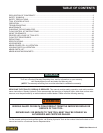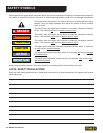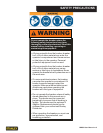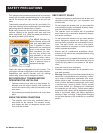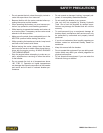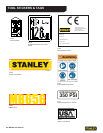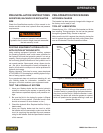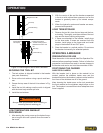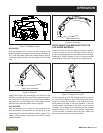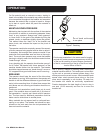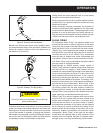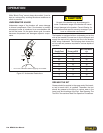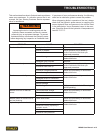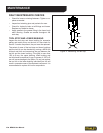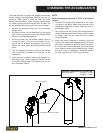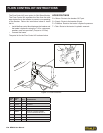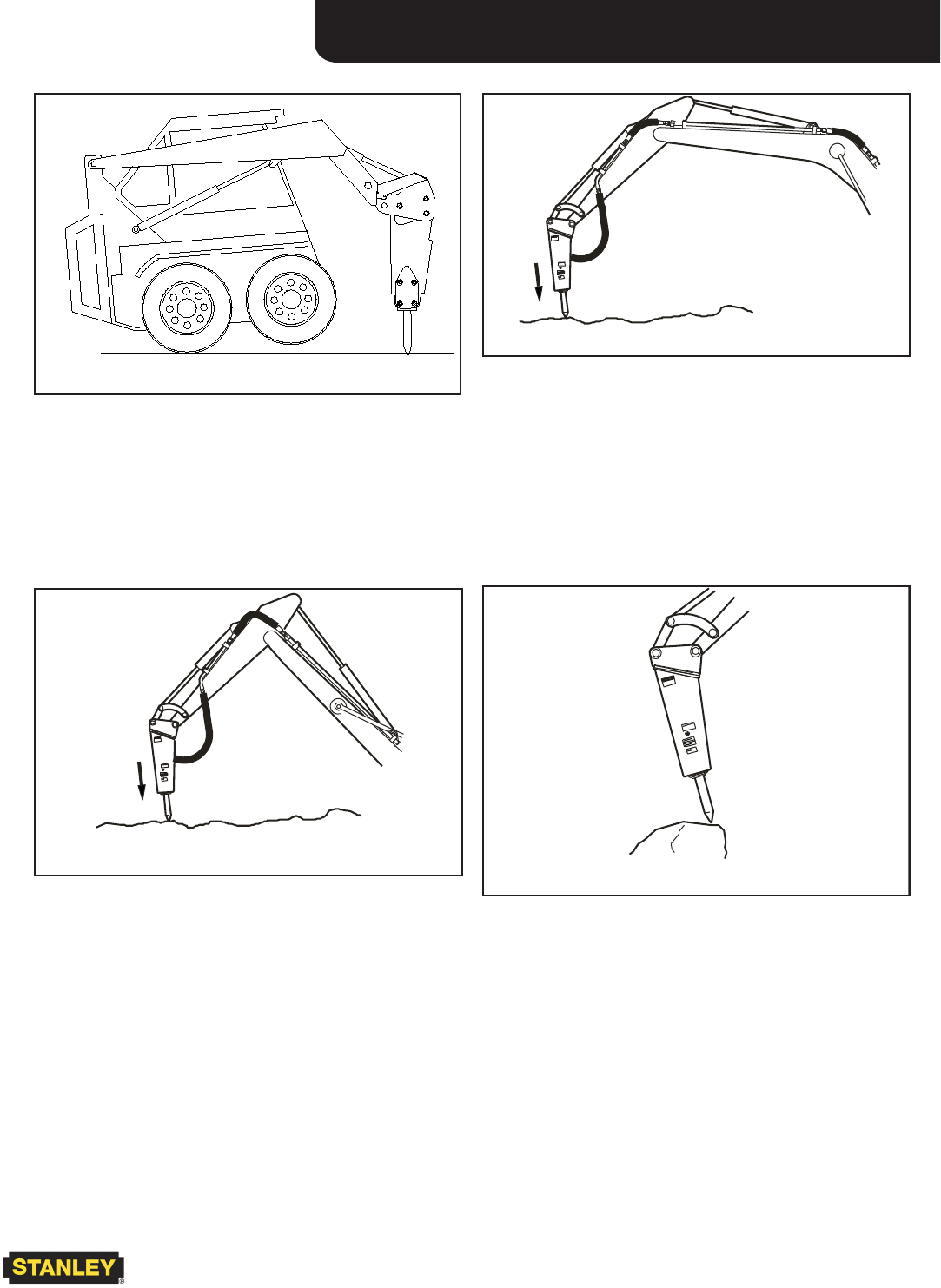
MB656 User Manual ◄ 11
OPERATION
Figure 3. Skidsteer Loader
BACKHOES
With the breaker tool in place on the material to be
worked, position the backhoe so the boom is halfway up
(45°) and the dipper holds the breaker almost vertical.
Lower the loader bucket until the weight is off the front
tires.
Apply down pressure.
Figure 4. Backhoe
Apply down force to the boom/dipper until the rear of the
backhoe is raised off the ground. Rear tires and stabiliz-
ers should be off the ground so the total rear weight of
the backhoe is on the breaker tool. The breaker is more
efcient when adequate down force is applied.
EXCAVATORS
With the breaker tool in place on the material to be
worked, position the excavator so the dipper is at ap-
proximately 45° and the breaker is almost vertical. The
tracks of the excavator should be in line with the boom
and the breaker.
Apply down force.
Figure 5. Excavator
POSITIONING THE BREAKER TOOL ON
THE WORK MATERIAL
Position the tool bit near the edge of the work material,
not in the center or far from the edge. Position the tool
6–18 inches (depending on the material) from the edge.
Breaking off smaller pieces of rock or concrete usually
accomplishes more than trying to break larger pieces.
Break near the edge.
Figure 6. Position the Tool Bit
On at material or rock, the breaker should be vertical
or “curled” back slightly to direct the impact force down-
ward and toward the backhoe. This directs the force
back toward the edge of the work material. If the tool
is positioned in the center of the work, or too far from
the edge, the energy will be absorbed into the material
without cracking it. Do not run the breaker longer than
15–20 seconds. If breakout does not occur within this
time, move the breaker to another position.



